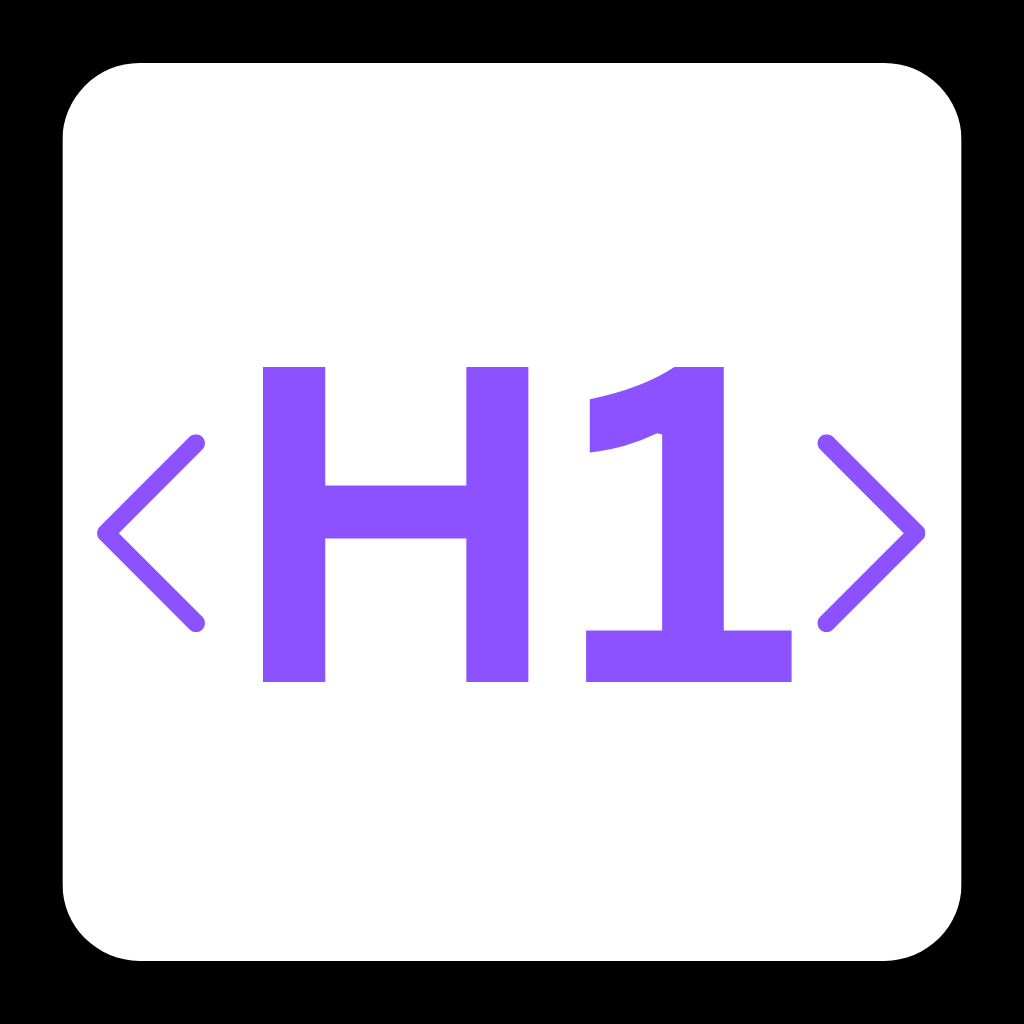Is OpenAI’s $3B Windsurf Deal the Future of AI—Or Just Hype?

OpenAI’s dropped a bombshell: a $3 billion deal to acquire Windsurf. But what does this startup actually do—and why does it matter for AI’s future? Let’s dive in.
While headlines focus on the eye-popping price tag, most coverage skims the surface of Windsurf’s tech. Is this acquisition about revolutionizing how we code, building custom AI chips, or both? Here’s what you need to know.
🌊 What’s Windsurf Really About? Breaking Down the Hype
- Vibe Coding Revolution: Windsurf Editor lets developers “catch the vibe” instead of writing line-by-line code. As OpenAI’s Andrej Karpathy put it: “You just see stuff, say stuff, run stuff… and it mostly works.” Think ChatGPT for coding—but with AI agents handling debugging and optimization.
- Hardware Muscle: Behind the scenes, Windsurf built custom AI chips and server clusters optimized for “model context protocol.” This infrastructure routes tasks efficiently—a potential goldmine for OpenAI’s compute-heavy models.
- YC’s Stamp of Approval: Y Combinator CEO Garry Tan claims engineers using Windsurf “strap on rocket boosters” to their productivity. But can it scale?

✅ Windsurf’s Dual Play: Code Automation Meets Custom Hardware
- The Editor: Already competing with tools like Cursor, Windsurf’s IDE uses cascading AI agents to automate up to 70% of coding tasks. Early adopters report 3x faster development cycles.
- Silicon Strategy: Windsurf’s custom chips could help OpenAI reduce reliance on Nvidia. While details are scarce, insiders suggest their architecture prioritizes LLM inference efficiency—critical for cost-effective AI scaling.
- OpenAI’s Endgame: Combining Windsurf’s tech could let OpenAI dominate both AI development tools and infrastructure. Imagine ChatGPT-5 trained on custom silicon!
⚠️ Roadblocks: Can OpenAI Stick the Landing?
- Integration Risks: Merging Windsurf’s hardware team with OpenAI’s research culture won’t be easy. As one ex-Google engineer warned: “Chip design isn’t software—you can’t just A/B test a microprocessor.”
- Open Source Pressure: With Meta’s Code Llama and Mistral’s free models gaining traction, can Windsurf’s closed ecosystem compete?
- Mission Drift: OpenAI’s shift to a Public Benefit Corporation (PBC) raises questions. Will Windsurf’s tech prioritize profit over safety in the AGI marathon?

🚀 Final Thoughts: A High-Stakes Bet on AI’s Infrastructure
This deal could be genius or a $3B distraction. Success hinges on:
- 📈 Proving Windsurf’s hardware can outpace Nvidia/AMD in LLM optimization
- 🤝 Seamlessly integrating “vibe coding” into OpenAI’s developer ecosystem
- ⚖️ Balancing PBC obligations with investor expectations
As Sam Altman reshapes OpenAI’s structure, Windsurf becomes his first big test: Can he build the AI stack of tomorrow—or will this acquisition sink under its own ambition? What do YOU think?
Let us know on X (Former Twitter)
Sources: John Werner. OpenAI Reportedly Strikes $3 Billion Deal To Buy Windsurf, May 6, 2025. https://www.forbes.com/sites/johnwerner/2025/05/06/its-openais-biggest-acquisition-to-date--but-what-does-windsurf-do/

